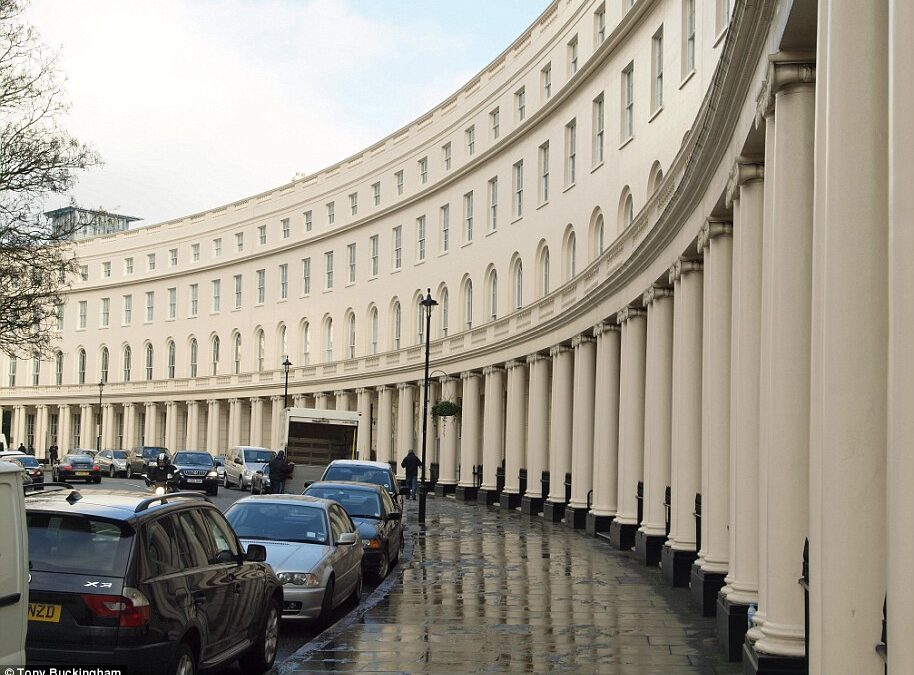I heard a new architectural term today: “multiple expression.” It refers to changing the architectural style of the facade of a large building to make it appear to be two or more smaller buildings. This strikes me as profoundly un-architectural. It’s true that architects in the past have sometimes combined different styles to give the impression that a building grew by accretion over a long period—Addison Mizner did this in his shopping alley in Palm Beach. But this had to do with chronology, not size. Generally architects have welcomed the challenge of designing a looong facade, whether it was Bernini in St. Peter’s Square in the Vatican, or John Nash in a Regency terrace in London (above). Not that I have any objection to visual trickery—trompe-l’œuil can be delightful. But somehow “multiple expression” bespeaks a lack of confidence, a poverty of the imagination.


